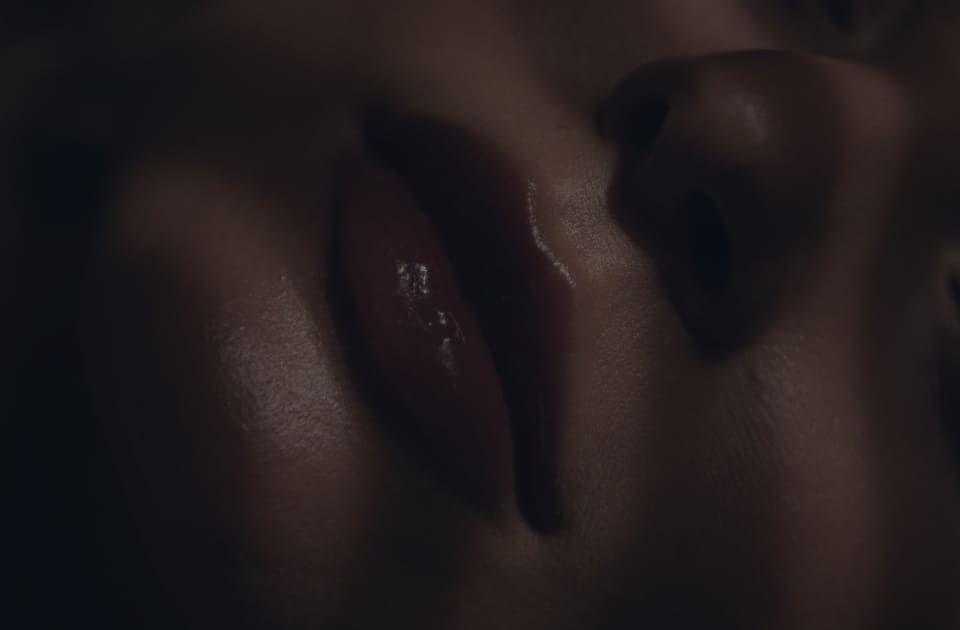McKeown Medical
167 Bath Street, Glasgow, G2 4SQ
Dr Darren McKeown offers effective laser treatment for skin pigmentation in Glasgow.
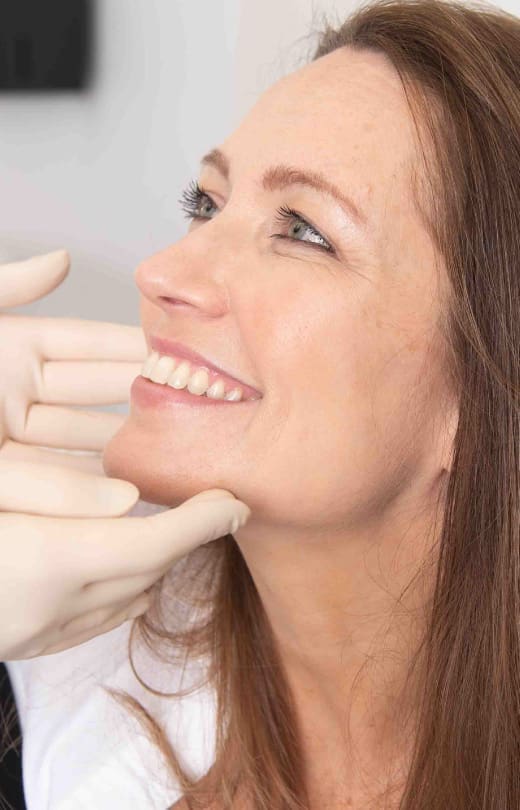

Our founder, Dr Darren McKeown, is renowned for his expertise and artistry with dermal fillers. As a peer-reviewed medical author, he is passionate about treatments that stand up to scientific scrutiny. Above all, Dr McKeown believes in a global approach; delivering flawless results – and rejuvenation that lasts.
Dr. Darren McKeown offers award-winning Pigmentation Removal treatments in Glasgow.
Dr Darren McKeown offers effective laser treatment for skin pigmentation in Glasgow
Skin pigmentation such as freckles, age spots or blemishes from sun damage can negatively impact the appearance of our skin complexion and tone. Thankfully they can be effectively removed using the latest Intense Pulsed Light (IPL) technology.
IPL laser treatments are considered superior methods for pigmentation removal and overall skin rejuvenation compared to chemical peels because they are more precise. This makes it easier to target small, specific spots on the skin.
Dr Darren McKeown offers photorejuvenation treatments for various skin pigmentation issues using cutting edge IPL technology.
Book an appointment for your skin pigmentation in Glasgow.
Intense Pulsed Light (IPL) is the same advanced technology used for laser hair removal.
IPL treatments for pigmentation works by releasing small, sharp bursts of filtered light into the skin. The light is rapidly absorbed by the high concentration of melanin found in patches of uneven pigmentation. This generates heat and destroys the pigmentation causing cells. The discolouration rises to the skin’s surface and eventually fades or flakes off.
The dermis can then begin the healing process and generation of pigmentation free skin.
IPL is most commonly used for freckles, sun spots, acne scarring, and age spots (liver spots) on the face, neck, hands and body.
Book your appointment with us and get ready for a younger looking face.
This type of laser treatment, not to be confused with CO2RE laser resurfacing, is designed to treat hyperpigmentation or dark patches that result from sun damage (sun spots) or acne scarring. We can also advise you on how IPL can help with birthmark removal in Glasgow.
Many patients choose this for aesthetic reasons or to improve their skin complexion because it is effective at rejuvenating skin cells on the face right down to the hands and feet.
Need advice on whether laser pigmentation removal is the best solution for your skin?
Book a consultation at our cosmetic clinic in Glasgow
Finding the right treatment for you is the most important factor in ensuring that you are on the correct path to achieve the results you desire. Our pre-consultation form helps us to identify your needs and, ultimately, gets you on the right path to achieving your optimal results.

Before & After: Following Skin Pigmentation Removal Treatment. (Back of Hand)
A layer of gel is applied to the skin and a laser handpiece is then applied to the skin. A short burst of light is released as the applicator is moved across the skin until the entire area has been treated. The length of the treatment depends on the size of the blemish.
The treatment uses light, so you will need to wear protective eyewear during the treatments to prevent any damage to your eyes.
The doctors and staff at our Glasgow clinic will answer all your questions and ensure you are fully prepared for your pigmentation treatment once you have booked your appointment.
Before & After: Following Skin Pigmentation Removal Treatment. (Around The Eyes)
Most people are suitable for laser treatment except those who have very dark skin (more natural melanin) or who have a current suntan. Large dark moles that could have a more serious diagnosis should also not be treated with laser, nor should moles that cover a large surface area.
IPL treatments are ideal for smaller patches of pigmentation and superficial pigmentation, such as markings related to sun damage. The Aesthetic Medicine Institute offers pigmentation removal treatment for melanin-related marks, age spots, and freckle removal in Glasgow.
During your consultation, we can discuss whether other laser treatments or chemical peels will suit your skin and achieve better results. This is based on melanin, colour, and types of pigmentation.
Before & After: Following Skin Pigmentation Removal Treatment. (Around The Eyes)
Most patients describe the treatment as mildly uncomfortable, similar to the flick of an elastic band. We use a skin-cooling machine that should relieve any discomfort during the procedure.
Before & After: Following Skin Pigmentation Removal Treatment. (Around The Eyes)
Following the treatment, the skin will feel warm and may look red. The lesion, or area where the skin cells were targeted, will gradually get darker and look more obvious after the first few days of treatment before it fades or flakes away.
Before & After: Following Skin Pigmentation Removal Treatment.
Each treatment will take 10 to 30 minutes, depending on the number and size of patches of pigmentation that require treatment.
When you book your appointment at our Glasgow cosmetic clinic, we will be able to advise based on your unique situation and needs.
Before & After: Following Skin Pigmentation Removal Treatment.
The number of treatments required varies depending on the lesion, but typically 1 to 3 treatments are necessary spaced 4 to 6 weeks apart for the best results.
Our cosmetic team has advanced knowledge on treating skin pigmentation and is ready to help you get that clear, smooth complexion you’ve always wanted.
Ready to treat your skin pigmentation? Get in touch with us today for cutting edge laser pigmentation removal in Glasgow
Finding the right treatment for you is the most important factor in ensuring that you are on the correct path to achieve the results you desire. Our pre-consultation form helps us to identify your needs and, ultimately, gets you on the right path to achieving your optimal results.
I genuinely can’t thank the team enough, you are all an absolute credit to the industry. I’d have no hesitation recommending you guys to anyone!!
Lee Penman01.01.2024
I have been thinking about the procedure I got for over 1 year and I wish I had done it sooner. Darren and all the team were excellent. So warm, friendly and professional. Fantastic experience and will definitely be back.
Shirley ChalmersMay 2024
What a lovely experience. I am delighted with my results. Much better than I expected. Dr McKeown is a genuine down to earth person and explained everything to me before my procedure. Thanks again. Would recommend this clinic to anyone looking for a cosmetic procedure. I intend to come back in a few months’ time for further treatment.
Rosemary Grant January 2024
Really friendly and efficient service starting from my initial enquiry to having the treatment with Dr Rhona Cameron. Rhona was really personable and made me feel completely at easy which was welcome as this was my first time having the treatment.
Robert CraigApril 2024
I am delighted with the subtle changes that have made such a difference to my face giving me so much more confidence. Dr Darren is one of the very best so I had total trust in what he was doing. Every member of staff makes you feel at ease, they are all so lovely and friendly.
Mary VallanceApril 2024
Being my first time with any filler, I was really nervous however I was put totally at ease by the ladies, nurse and Dr McKeown. They were extremely patient and answered all my concerns and not once did I feel pushed. Dr McKeown is a wizard. Such amazing results in so little time. Will definitely be back. Thank you so much!
Marie AngusFebruary 2024
A lovely clinic with a very professional high end feel and customer approach. Staff are welcoming, warm & friendly but very professional at what they do. Highly recommend a visit if you’re considering any facial rejuvenation or aesthetics.
Claire DohertyJanuary 2024
Best in the business without a shadow of a doubt. Over 10 years I have been a client, never once had an issue with my treatments. High standards/practice speaks volumes.
Charlene DouganMay 2024
I honestly cannot recommend highly enough. The staff are highly attentive and super friendly. The comfortable feeling I felt from the moment I walked through the door continued all the way through to the treatment room where Dr Darren and his nurse listened exactly to what I was trying to achieve. A wonderful experience in lush surroundings.
Audrey SandersMarch 2024
1 / 9
2 / 9
3 / 9
4 / 9
5 / 9
6 / 9
7 / 9
8 / 9
9 / 9
1 / 9
2 / 9
3 / 9
4 / 9
5 / 9
6 / 9
7 / 9
8 / 9
9 / 9
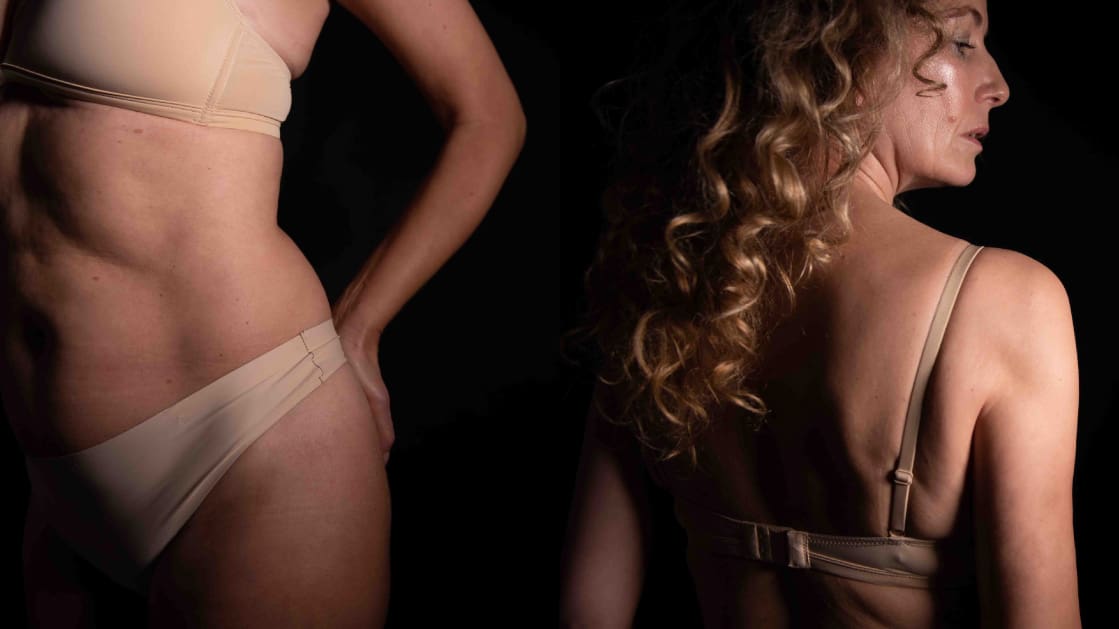
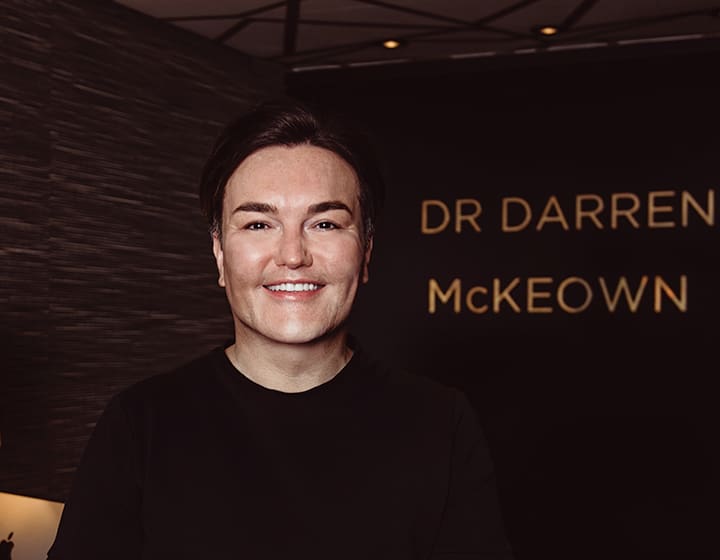
Our founder, Dr Darren McKeown, is renowned for his expertise and artistry with dermal fillers. As a peer-reviewed medical author, he is passionate about treatments that stand up to scientific scrutiny. Above all, Dr McKeown believes in a global approach; delivering flawless results – and rejuvenation that lasts.

Dr Rhona Cameron is a skilled injector who has been extensively trained in Dr McKeown’s signature intuitive technique. Her treatments blend advanced facial optimisation with powerful, energy-based devices – such as lasers, BBL and radio frequency – energising the appearance and enhancing skin health. approach; delivering flawless results – and rejuvenation that lasts.
1 / 2
2 / 2

Our founder, Dr Darren McKeown, is renowned for his expertise and artistry with dermal fillers. As a peer-reviewed medical author, he is passionate about treatments that stand up to scientific scrutiny. Above all, Dr McKeown believes in a global approach; delivering flawless results – and rejuvenation that lasts.

Dr Rhona Cameron is a skilled injector who has been extensively trained in Dr McKeown’s signature intuitive technique. Her treatments blend advanced facial optimisation with powerful, energy-based devices – such as lasers, BBL and radio frequency – energising the appearance and enhancing skin health. approach; delivering flawless results – and rejuvenation that lasts.
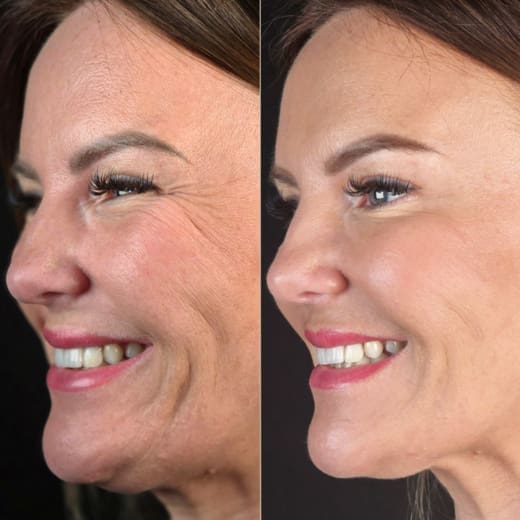
Relfydess is one of the most talked-about and exciting new arrivals in the world of aesthetic medicine — a next-generation...
1 / 3
2 / 3
3 / 3

Relfydess is one of the most talked-about and exciting new arrivals in the world of aesthetic medicine — a next-generation...
Keep up to date with the latest news from McKeown Medical and get access to expert insights, our latest before and afters and exclusive offers.
